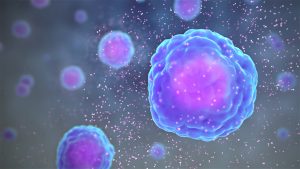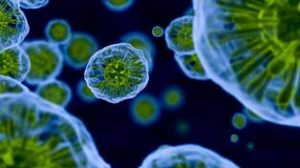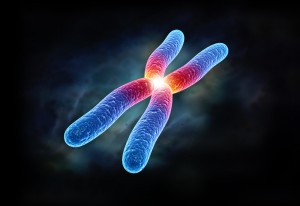
Targeted genome editing restores auditory function in adult mice with progressive hearing loss caused by a human microRNA mutation
Editor’s summary Mutations in MIR96, a microRNA expressed in inner hair cells, result in autosomal dominant deafness-50 (DFNA50), a form of nonsyndromic hearing loss. Here, Zhu et























